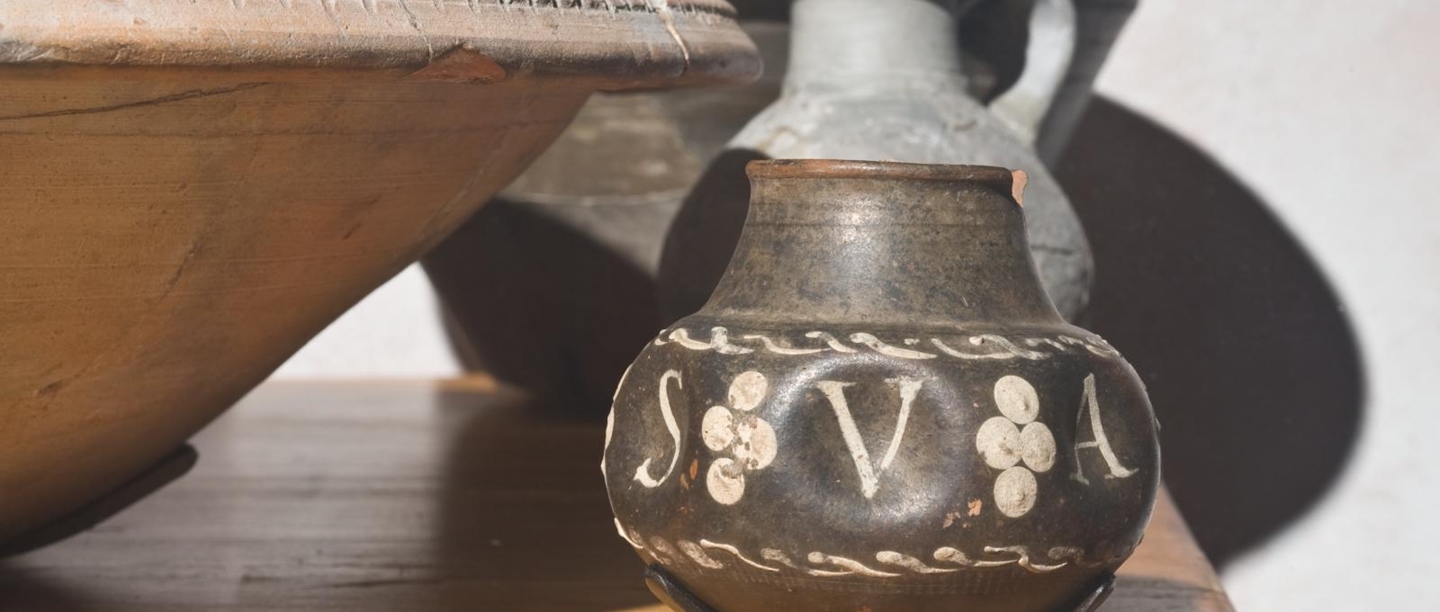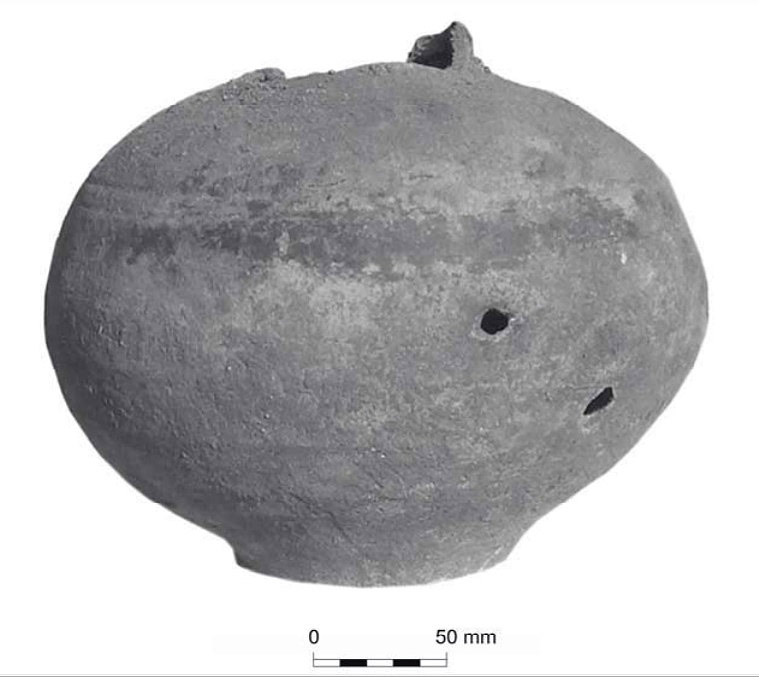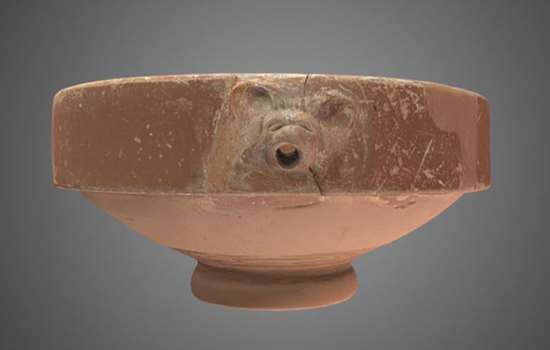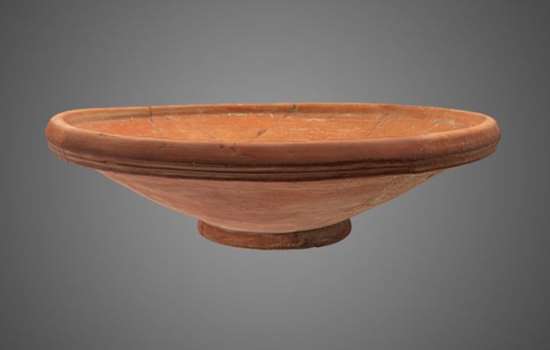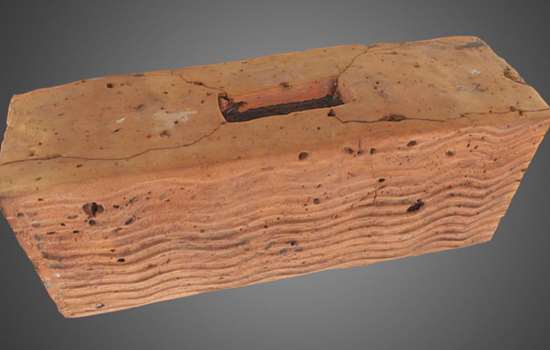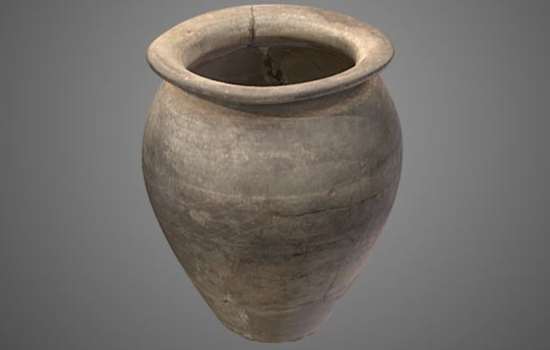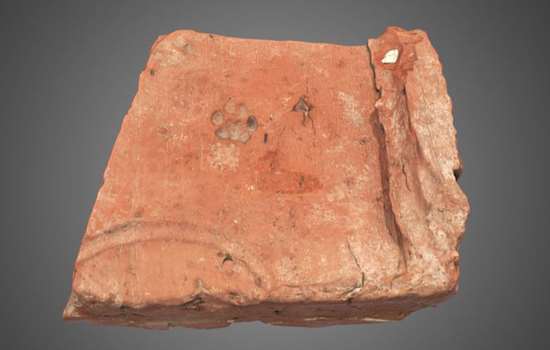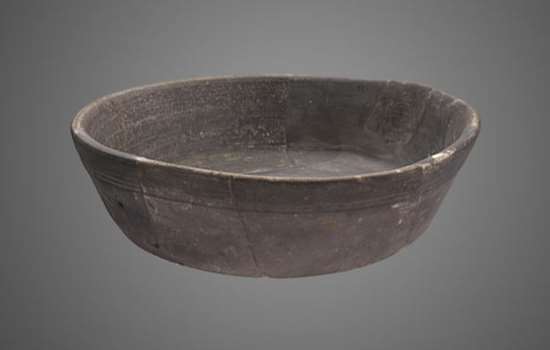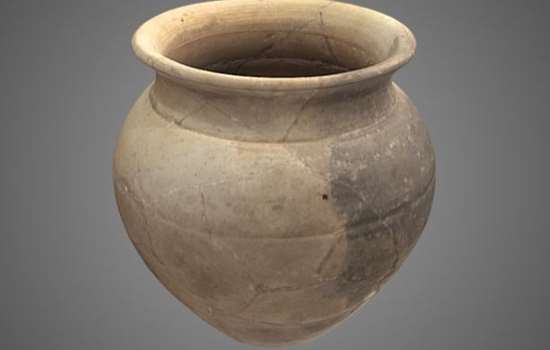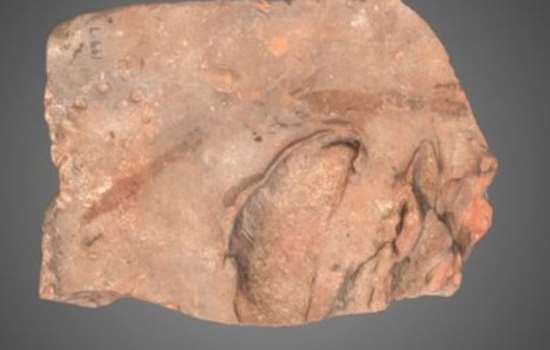How was pottery made in Roman Kent?
By the end of the Late Iron Age (1st century BC), there were already changes being made in pottery production. This included the introduction of a potter's wheel. After AD 60-70, there was a big change in how pottery was produced in North Kent. Larger, more permanent kiln sites meant that more pottery could be made to sell more widely. Sites with only one or two kilns like Otford probably only made pottery for nearby households. There is no evidence that anything other than small household kilns existed in the Darent Valley.
The people who worked at larger kiln sites probably lived close by. Some of them worked as potters all the time but for others their work might have changed with the seasons because of Britain's climate. Although they couldn't make pots all year round, there were lots of other related jobs that potters could do throughout the year. This included gathering clay supplies, preparing the clay for pottery-making, gathering firewood and making charcoal.
Pottery in the Darent Valley
Click on the images below to find out more about the pottery found in the Darent Valley and how archaeologists study it.
Pottery Objects
Click on the images below to explore our 3D scans of pottery found at Lullingstone Roman Villa.
Activity Idea
ART AND DESIGN
Become a potter yourself by designing and making your own Roman vessel out of clay. Take inspiration from the pottery found in the Darent Valley to create a tile, amphora or jar. You could include symbols or images popular in Roman Britain, like myths and legends.
